We love a hot-out-the-ov’ pizza in this house. Scratch-made is the real deal.
We like our pizzas cooked fast and at high temp, brick oven style. Here’s the problem: we love that perfect crust with just the right elasticity, but only actual gluten yields that doughy, fluffy, crispy crumb.
Melty, steaming slice of ‘za enters your face and your palate experiences the marriage of crunch AND springiness. And yes, it IS possible to achieve both in a single bite.
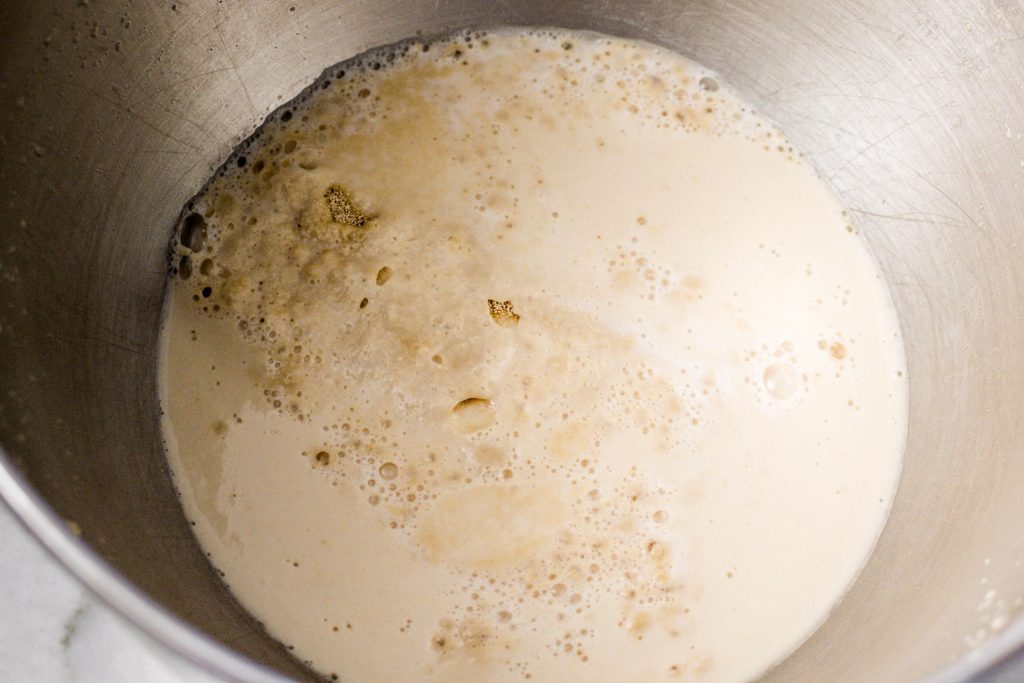
Delicious + nutritious
Most world famous pizza dough is 100% white flour. The OG wheat kernel, containing bran + germ + endosperm, has been stripped of its bran and germ. Endosperm is considered the least nutritious component of wheat, lacking necessary vitamins, minerals, fats and fiber. So how do you balance nutrition with mouthfeel and taste?
Mix 100% whole wheat (WW) flour with all purpose (AP) wheat flour. WW offers a deeper flavor, nuttiness, and a little more girth to your dough. AP contributes a super light, airy, fluffiness that allows those little yeast buddies to expand more easily. Best of both wheatie worlds.
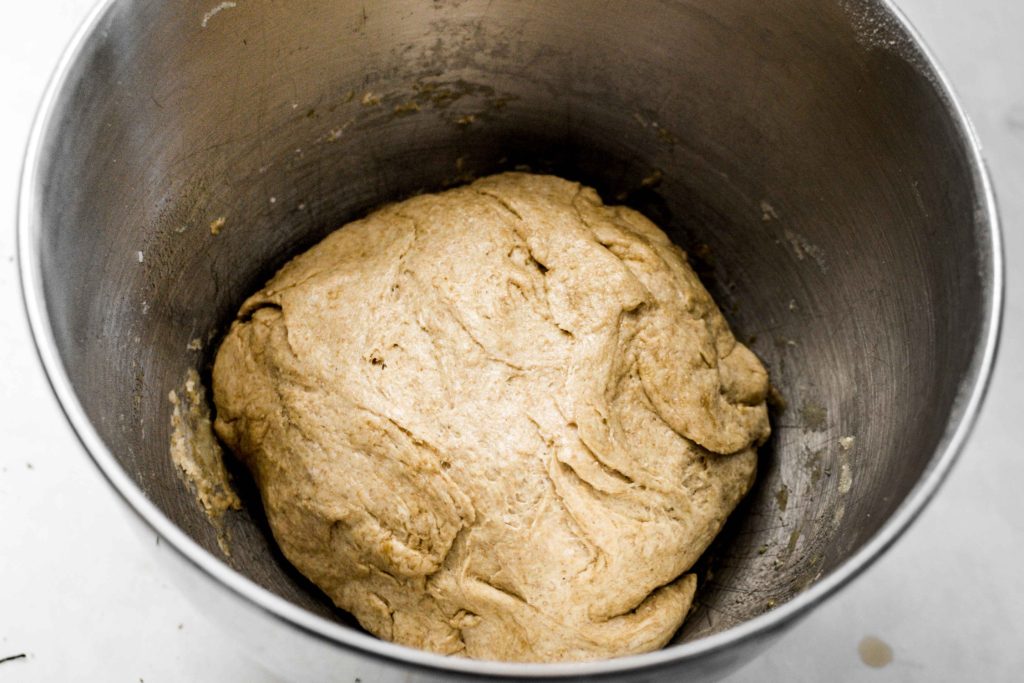
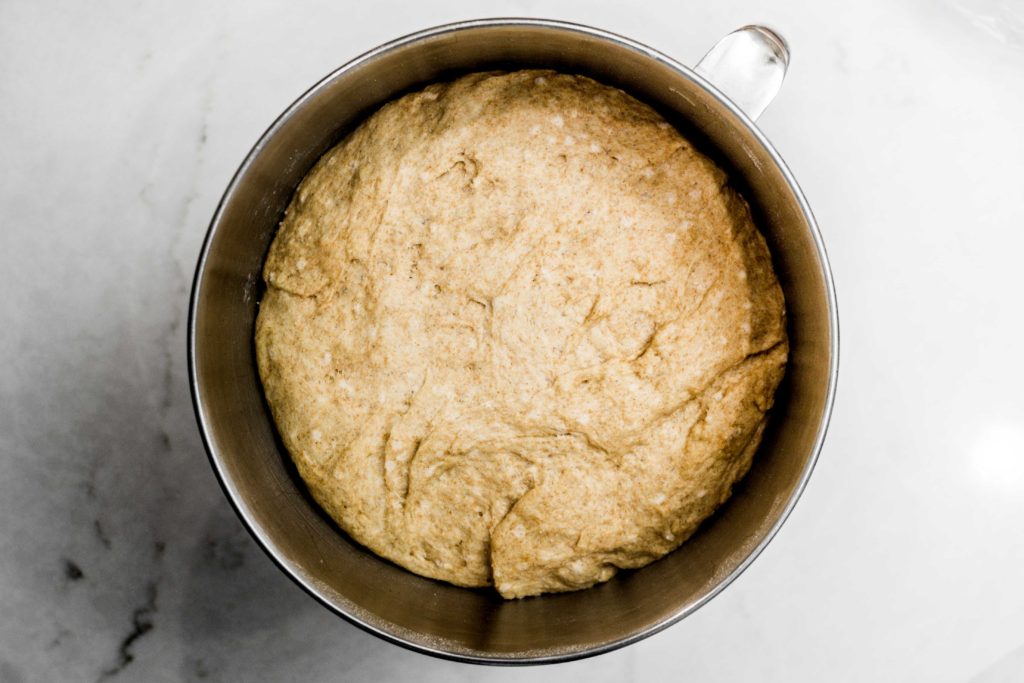
The ingredient breakdown.
Flour of some type is kind of necessary. The other crucial items are practically a biochemistry experiment for regular adults.
Your water should be between 100ºF and 110ºF to perfectly accommodate the yeast. It’s a living organism that thrives and grows most efficiently within this temperature range. You can estimate the temp of the water (it should feel room temp but slightly warm). The more precise option to make sure that you activate the yeast effectively is to use a thermometer to measure the temp of the water. Here’s our favorite kitchen thermometer that we use for everything from homemaking yogurt to checking to make sure meat is fully cooked.

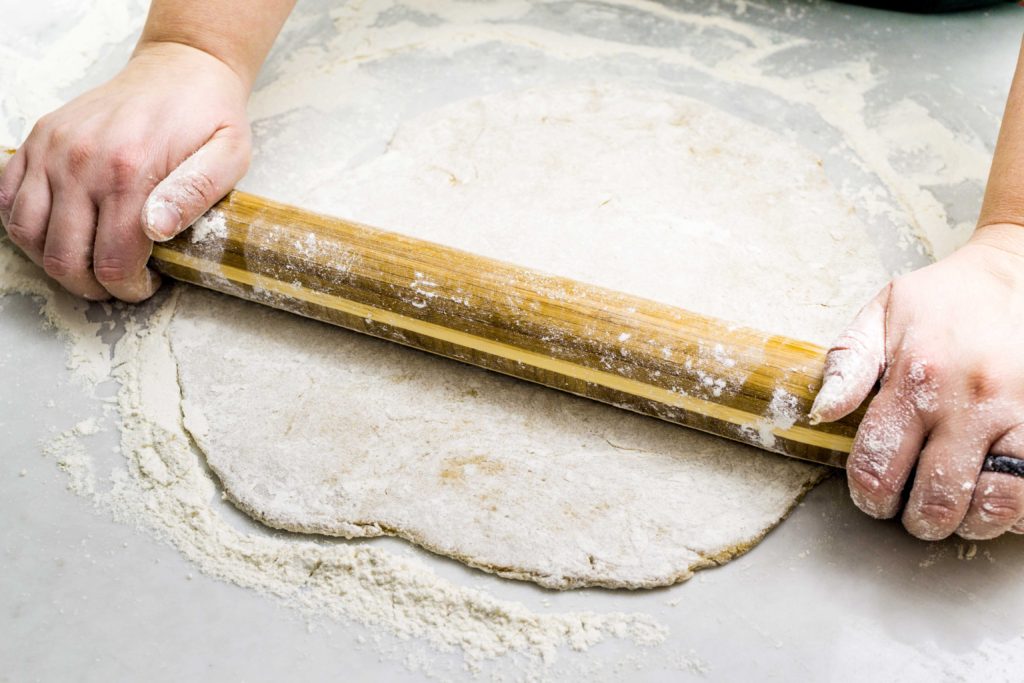
Yeast, salt, molasses, fat.
But why the heck do people add a funky living fungus to their food? As you feed simple sugars to yeast, it produces copious amounts of carbon dioxide (CO2) and some ethanol. And CO2 acts as a leavening agent to your dough: dramatically increasing volume and the fluff factor, decreasing density and toughness, and producing the bready consistency you’re craving at this very moment. Interestingly, as you bake the dough, the alcohol begins to vaporize and create its own bread-rising effect [read more here].
Salt not only accentuates the other flavors of the dough, it strategically hinders yeast overgrowth when added after the initial inoculation / fermentation stage. Excessive fermentation may produce larger amounts of alcohol that affect overall taste.
Molasses is a product of sugarcane or sugar beet production. Raw sugar contains a natural mixture of white sugar and molasses. You definitely want the deep, caramelly bittersweetness from this syrup in your dough.
Don’t skimp on the fat, people. Fat in the form of olive oil tenderizes the batch of dough. Didn’t use any oil in your last recipe? The consistency was probably a little more dense than desired.
Now rise up and make some scratch pizza dough. You kneed it. Trust your tum.
[cooked-recipe id=”4029″]
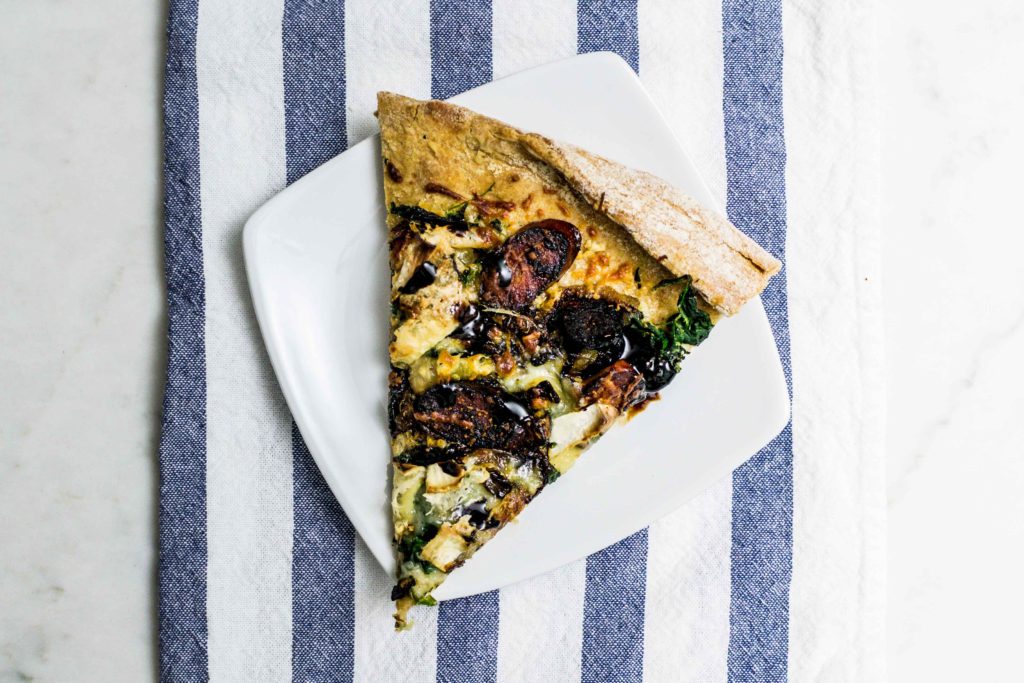

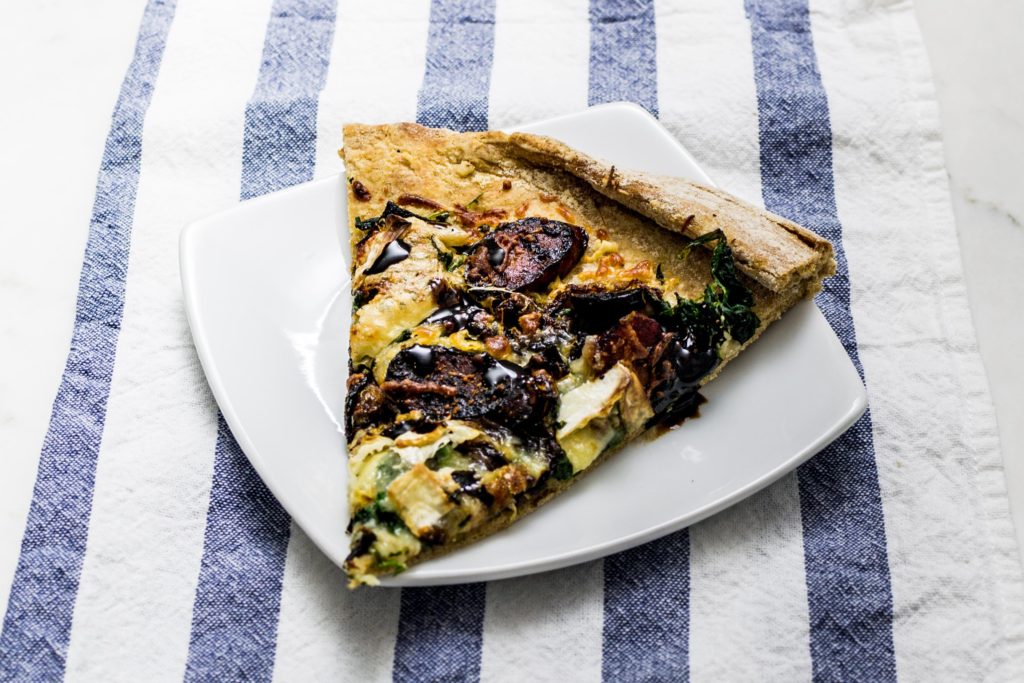
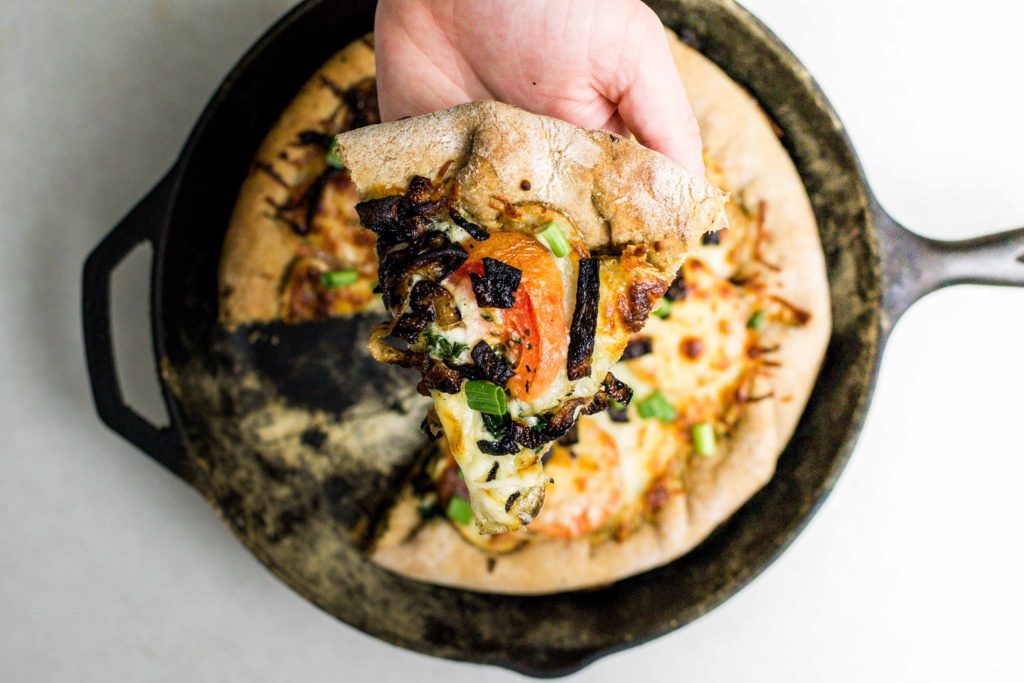








This is the most satisfying stew I have ever had!! Love it! Just tried it last night. I really love the coconut milk, it really made the dish unique.
Thanks, Alisha! We’re all about unique. Glad to hear it.
“Hello very nice site!! Man .. Excellent .. Wonderful .. I will bookmark your site and
take the feeds additionally? I am glad to find numerous useful information here within the post, we’d like work out more techniques in this regard,
thanks for sharing. . . . . .”
Thanks so much, Rose! Glad you like the pizza dough recipe. Always here to help.
I love cooking things like shish kabobs with my kids (sweet and savory) so they can actively participate and use things they like!
Totally agree, Hannah : )